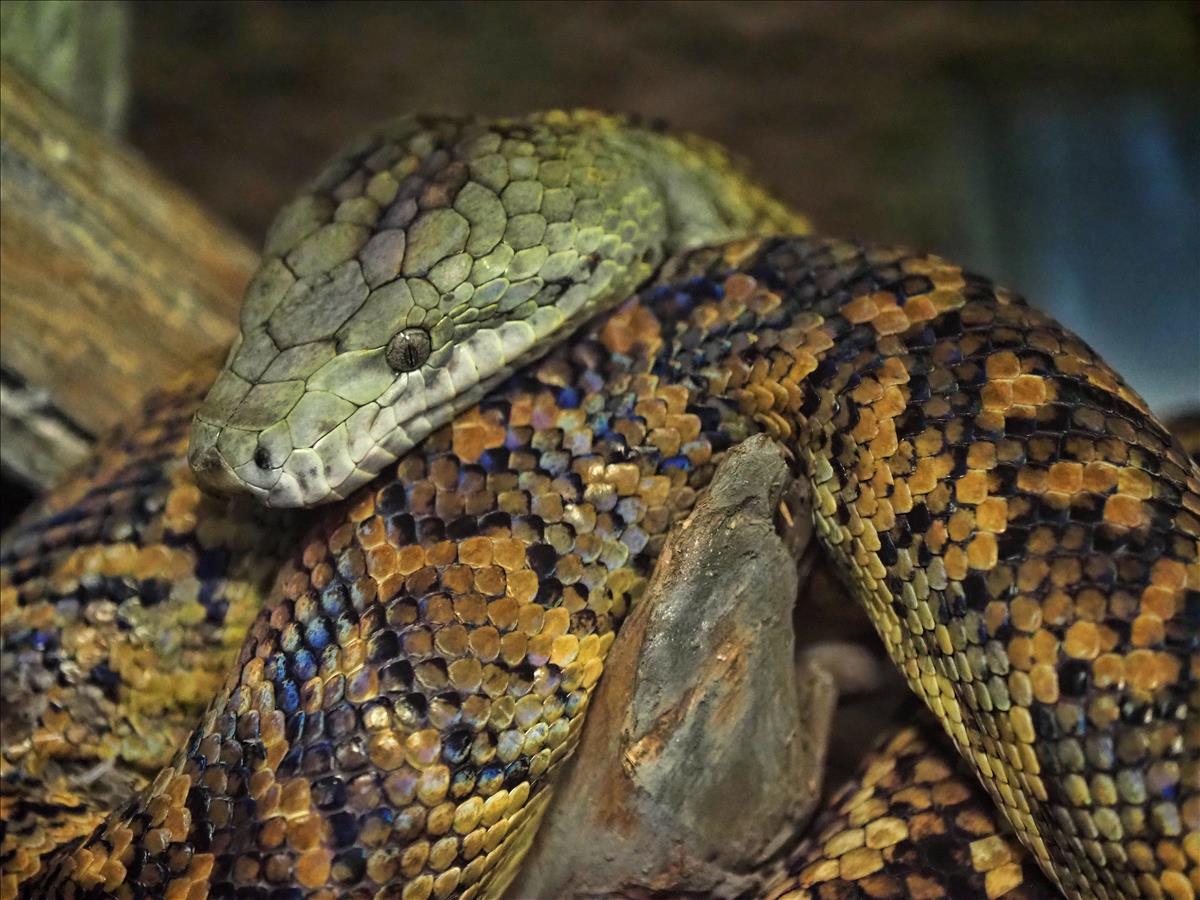Alerts
Please be advised that our bird aviaries are open!
Your Toronto Zoo is committed to the health and safety of the animals in our care. We take proactive steps to protect our birds from Avian Influenza which has been confirmed in a wild bird in southern Ontario, and some birds may still be off display.
Please note Splash Island is still closed and will not open until July due to unforeseen delays in construction. Please watch for updates on https://www.torontozoo.com/tz/splash or on our social media pages. Thank you!
Please note the following animals are currently not on display due to various reasons including Avian Bird Flu, and Covid-19 sensitivity:
- Flamingo, peacock, owl, bald eagle, and aviaries
- Some Kids Zoo Animals
- Cougar
- Moose
- Kangaroo walk through (kangaroos are still visible)
- Axolotl
We apologize for the inconvenience!


Reptile
Location at the Zoo:
Americas
Region: Endemic to the island of Jamaica and Goat Island, off the southeast coast.
Jamaican Boa
Known as the Yellow snake, the Jamaican Boa is the largest terrestrial predator native to the island. These moderate sized constrictors can attain weights approaching 5 Kg and lengths from 1.5 to 2.3 m. Sexual dimorphism (difference between males and females) includes females generally being larger in body length and girth, whereas males generally have longer tails (containing the hemipenes) and longer cloacal spurs (vestigal hind legs).The colour varies along the length of the snake. The head and anterior half of the body are yellowish green with irregular black cross bands. Towards the tail the colour becomes progressively darker until almost entirely black at the tail tip. The scales also produce an iridescent sheen when light is shown upon them.
Conservation Status: IUCN

Distribution:
Found only in Jamaica. Only isolated pockets of suitable habitat remain leading to a fragmented distribution on the island.Habitat:
Various undisturbed woodland habitats, including limestone karst forests.Diet:
Prey items for adult Jamaican Boas include native bats and birds as well as introduced rodents such as rats. The young feed on small lizards and frogs until they are large enough to tackle the larger prey items of the adults.Adults employ an ambush strategy to secure prey. Hanging from trees limbs allows them to snatch prey, like bats or birds, from the air when they fly past. The prey is captured in flight and quickly wrapped up in constricting coils to dispatch it before it is swallowed whole.